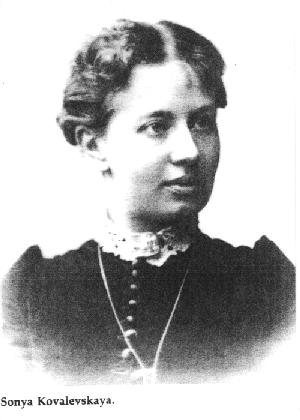Amicable Numbers
For my seventh and final blog post, I decided to address an idea which falls under Communicating Mathematics to complete my exemplars. Amicable numbers were a very interesting topic to me because I could not imagine how much time it took to find such a special trait between these numbers. Amicable numbers are numbers whose sum of the proper divisors of each minus the number itself is equal to the other number.
Amicable numbers were known to the Pythagoreans, who were quite interested in special in rare numbers. They found an interesting trait for numbers 220 and 284.
Let me know break down the process for showing that (220, 284) are amicable.
Let us first find the factors of both numbers >
220: 1, 2, 4, 5, 10, 11, 20, 22, 44, 55, 110, 220
284: 1, 2, 4, 71, 142, 284
We
will now add up the factors. Both factors added up give us 504. Now
subtract both 220 and 284 from 504 t0 see that we get the other number.
- 504-220=284
- 504-284=220
- Thus, the two numbers are amicable.
Around 850 AD a general formula by which we can find some of these numbers was invented by mathematician Thabit ibn Qurra.
Thabit ibn Qurra's theorem states that if
- p = 3 × 2n − 1 − 1,
- q = 3 × 2n − 1,
- r = 9 × 22n − 1 − 1,
- where n > 1 is an integer and p, q, and r are all prime numbers, then 2n×p×q and 2n×r are amicable numbers.
- This theorem work for pairs (220,284) when n=2, (17296, 18416) when n=4, and (9363584, 9437056) when n=7.
- Later on this theorem was rediscovered by Fermat and Descartes whom it is sometimes ascribed and even later on extended by Euler.
- Euler extended Thabit's theorem saying that if
- p = (2(n - m)+1) × 2m − 1,
- q = (2(n - m)+1) × 2n − 1,
- r = (2(n - m)+1)2 × 2m + n − 1,
- where n>m>0 and p, q, and r are prime numbers, then 2n×p×q and 2n×r are amicable numbers. Euler's rule creates additional pairs for (1,8) and (29, 40) with no other pairs being known. It is claimed in a video by William Dunham that Euler found 58 pairs bringing the total number of existing pairs to 61. The video can be found by clicking the following link:
http://www.youtube.com/watch?v=TEh_4LQkkHU - It is still an open question as to how many pairs of amicable numbers there are but many believe there are infinitely many. With the help of computers, it has been discovered that there are over 7500 amicable numbers. Another interesting result is that with every known pair of amicable numbers, both numbers are either even or odd. It is unknown whether an even-odd pair exists. Amicable numbers play an important role in mysticism and numerology. Amicable numbers were thought by mystics to possess magical powers. Astronomers actually used amicable numbers for preparing talismans and horoscopes. It was believed these numbers had the power to create special ties between individuals. The mystical notoriety of amicable numbers caused them to be studied more carefully by number theorists. Numerology is the study of the purported, divine, mystical, or other special relationship between a count of measurement and observed or perceived events. I guess these numbers matter to me because they are such an interesting find. With all my research I really didn't find any other significance other than what I noted above but it just goes to show you there is still more in math to be discovered. I think the relationship these numbers have with other fields, such as astronomy, is quite interesting as well.
- Sources:
- http://mathworld.wolfram.com/AmicablePair.html
- http://en.wikipedia.org/wiki/Amicable_numbers
http://www.osdata.com/programming/numbertheory/amicablenumbers.html
http://britton.disted.camosun.bc.ca/amicable.html
http://www.eg.bucknell.edu/~ncr006/talks/numerology.pdf









